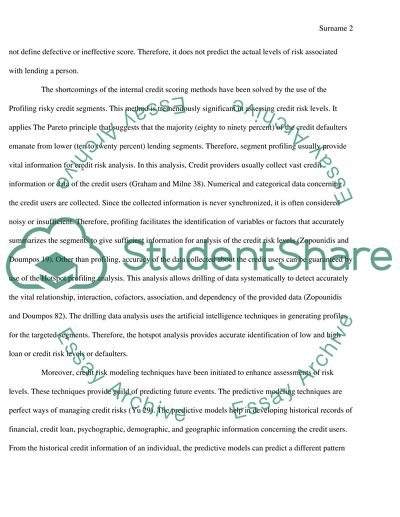Cite this document
(“Building a rule based credit risk assessment expert system Research Paper”, n.d.)
Retrieved from https://studentshare.org/information-technology/1601276-building-a-rule-based-credit-risk-assessment-expert-system
Retrieved from https://studentshare.org/information-technology/1601276-building-a-rule-based-credit-risk-assessment-expert-system
(Building a Rule Based Credit Risk Assessment Expert System Research Paper)
https://studentshare.org/information-technology/1601276-building-a-rule-based-credit-risk-assessment-expert-system.
https://studentshare.org/information-technology/1601276-building-a-rule-based-credit-risk-assessment-expert-system.
“Building a Rule Based Credit Risk Assessment Expert System Research Paper”, n.d. https://studentshare.org/information-technology/1601276-building-a-rule-based-credit-risk-assessment-expert-system.


